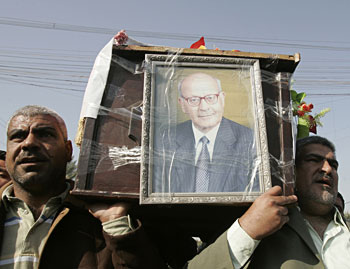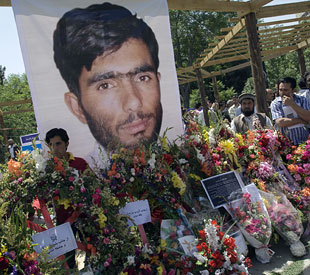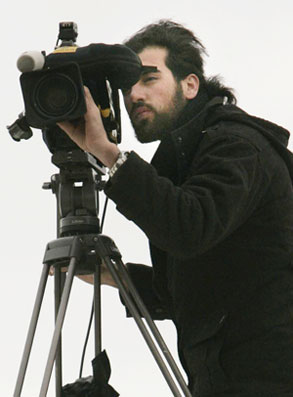
Worldwide, CPJ found that 41 journalists were killed in direct connection to their work in 2008, down from 65 last year. It is investigating another 22 deaths to determine whether they were work-related.
The decline in the worldwide death toll was largely attributable to Iraq, where deaths dropped from a record 32 in both 2007 and 2006. The decline in media deaths is consistent with an overall improvement in security conditions in
In interviews with CPJ, journalists and analysts pointed to a variety of factors: the increase in U.S. troop levels that began in 2007; the turning of Sunni tribal leaders against al-Qaeda and other foreign fighters in Anbar province and elsewhere in western Iraq; a cease-fire declared by independent Shiite cleric Moqtada al-Sadr against U.S.-led coalition forces; and the consolidation of sectarian control of neighborhoods. A declining Western media presence also contributed to the drop in deaths in
All of those killed in Iraq were local journalists working for domestic news outlets. The victims included Shihab al-Tamimi, head of the Iraqi Journalists Syndicate, who died from injuries suffered in a targeted shooting in
Two media support workers also died in

The 2008 death toll reflected a shift in global hot spots, as high numbers of deaths were reported in restive areas of
Three reporters were killed in civil strife in Thailand. Another three died in just five days of fighting between Georgian, Russian, and local forces over the disputed region of
More than 90 percent of those killed were local journalists covering the news for local, regional, and international news outlets. They included Nasteh Dahir Farah, a Somali reporter for several local and international outlets, who was gunned down by insurgents in the port city of
Murder remained the leading cause of work-related deaths: Twenty-eight of those killed in 2008 were targeted. Ivo Pukanic, owner of the hard-hitting Croatian political weekly Nacional, was killed when a bomb exploded under his car. The paper’s marketing director, Niko Franjic, also died in the attack.
Two Philippine radio journalists, Dennis Cuesta and Martin Roxas, were slain in 2008 after reporting on local controversies.
Russia recorded two work-related deaths in 2008. One of the victims was Magomed Yevloyev, owner of the popular news Web site Ingushetiya, who was shot in the head while in police custody.

Seven journalist deaths came in combat situations. Reuters cameraman Fadel Shana was killed by an Israeli tank shell while filming in the Gaza Strip. The tank fired on Shana, killing him and eight bystanders, even though the cameraman was wearing a flak jacket marked “Press” and had gotten out of a sport-utility vehicle marked “TV.” Israeli military authorities said the tank crew acted appropriately.
Six journalists died during dangerous assignments such as riots and street protests. Among the victims was Indian cameraman Javed Ahmed Mir, who was shot by security forces as he was preparing to cover a protest in
In Mexico, one journalist was killed in direct relation to his work,
Bolivia and Cambodia also made the list of places with journalist fatalities this year.
CPJ, founded in 1981, compiles and analyzes journalist deaths each year. CPJ staff applies strict criteria for each entry on the annual killed list; researchers independently investigate and verify the circumstances behind each death. CPJ considers a case work-related only when its staff is reasonably certain that a journalist was killed in direct reprisal for his or her work; in crossfire; or while carrying out a dangerous assignment.
If the motives in a killing are unclear, but it is possible that a journalist died in relation to his or her work, CPJ classifies the case as “unconfirmed” and continues to investigate. CPJ’s list does not include journalists who died from illness or were killed in accidents—such as car or plane crashes—unless the crash was caused by hostile action. Other press organizations using different criteria cite higher numbers of deaths than CPJ.
A list of journalists killed for their work in 2008, with reporting on each case, is available online. Also online are capsules for the unconfirmed cases that